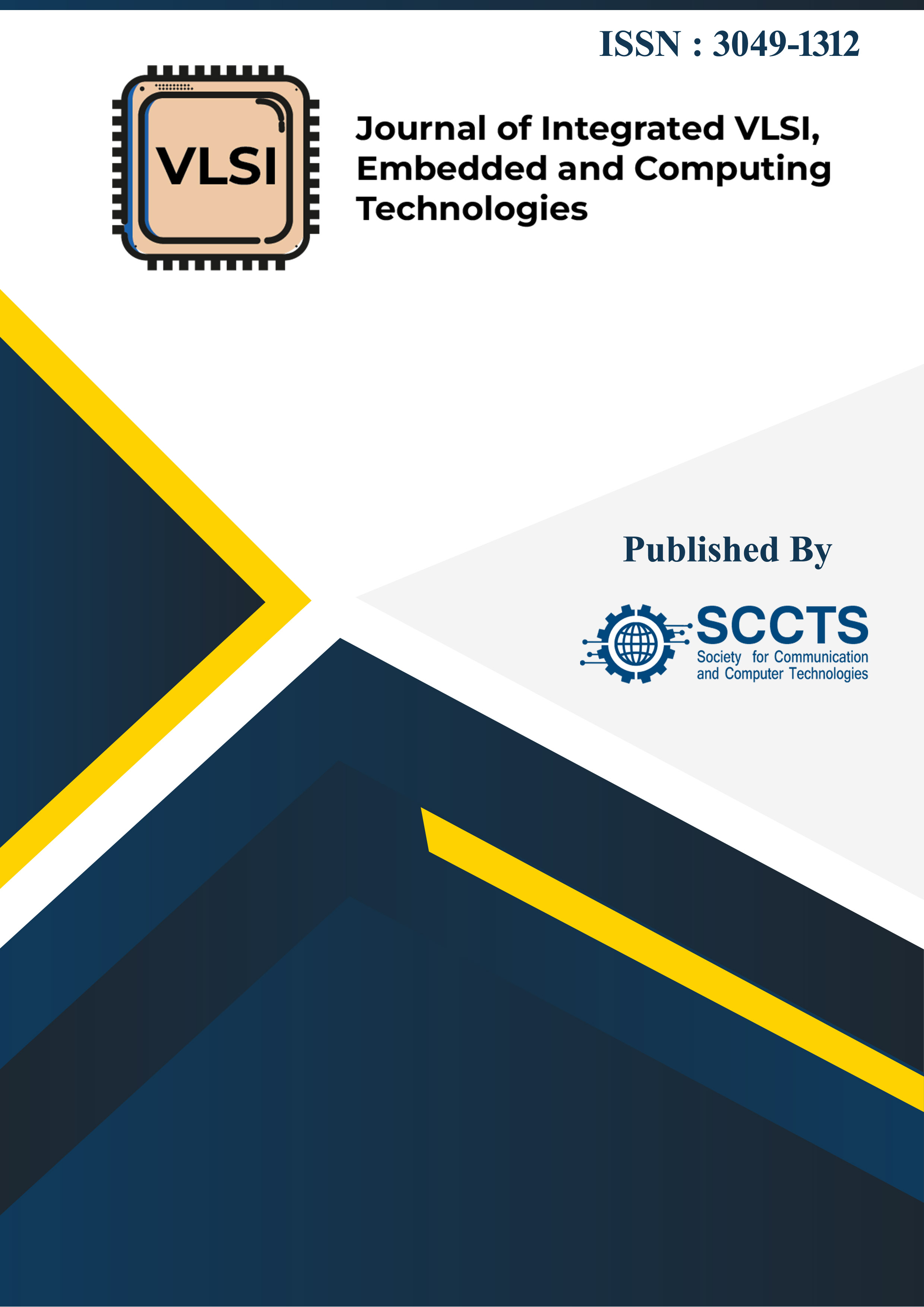Thermal-Aware System-on-Chip (SoC) Design for Real-Time Edge AI in Smart Healthcare Devices
DOI:
https://doi.org/10.31838/JIVCT/02.03.09Keywords:
Thermal-Aware SoC Design, Edge AI Computing, Smart Healthcare Devices, Dynamic Voltage and Frequency Scaling (DVFS), On-Chip Thermal Management, Neural Processing Units (NPUs), Low-Power Medical AI Hardware, Real-Time Inference, Wearable and Implantable Devices, AI-Driven Thermal Optimization.Abstract
This study aims at contributing to the thermal management issues that would arise when integrating AI features on a System-on-Chip (SoC) platform to perform real-time health monitoring on smart healthcare gadgets. With AI workloads getting more compute-intensive, particularly in wearables and implantable medical devices, the potential thermal limitations present an acute design concern in terms of performance and user safety. The paper suggest a thermal-aware SoC architecture, optimized towards edge-based applications of AI in healthcare. This method uses dynamic voltage and frequency scaling (DVFS), thermal-sensitive task scheduling and predictive throttling algorithms to use thermal sensors and optimize core placement spatially. The system has been made in such a way that full inference will be available in real time and minimize hotspots. The offered system was tested in comparison with the benchmark healthcare AI models (ECG classification and fall detection on a simulated AI-SoC prototype). The results indicate potential peak temperature level decreasing by up to 18 percent, an average inference latency of 58 milliseconds, and the power management overhead of fewer than 6 percent, which make it suitable to be used in medical-grade conditions during continuous monitoring. To summarize, the study has yet presented a scalable, thermally optimized AI-SoC, optimized to support smart healthcare. These results form the foundation of a safer and more reliable edge AI devices that will encourage the long-term implementation of a real-time diagnostics in health-critical facilities.





